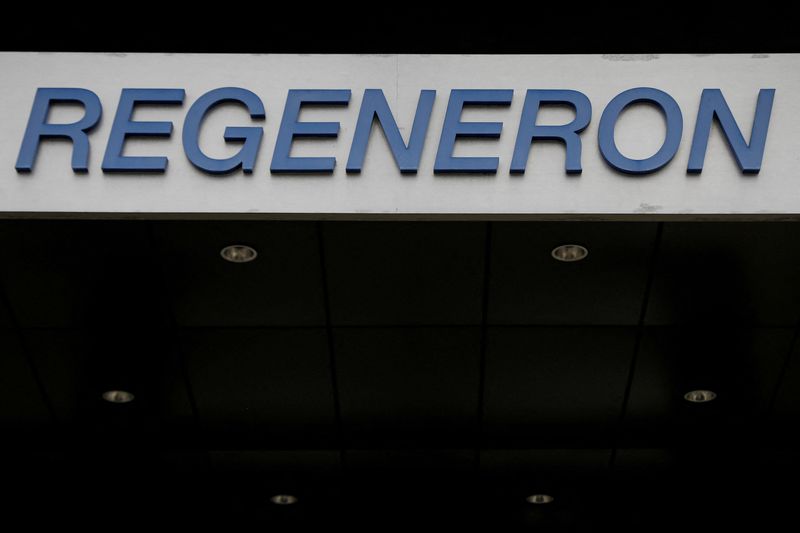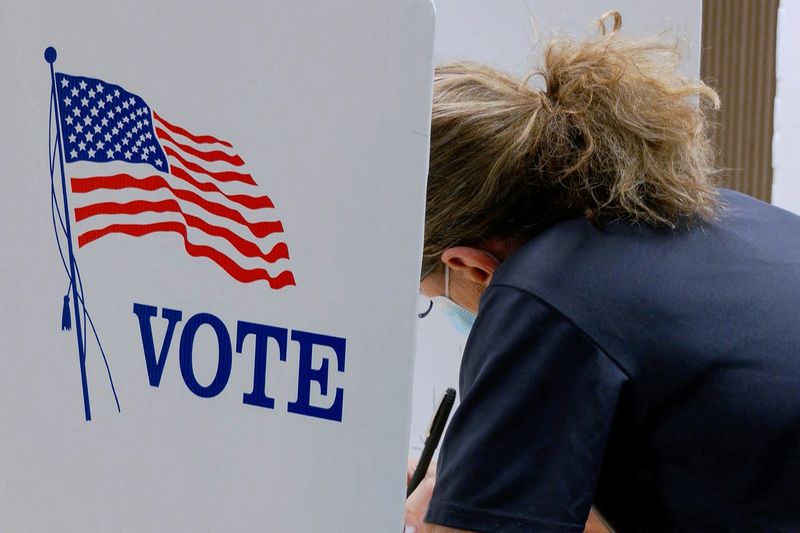Follow us on LinkedIn
Companies often encounter challenges related to the timely collection of receivables. Usually, uncertainties arise when customers, for various reasons, fail to fulfill their payment obligations. In addressing these uncertainties, companies must recognize a bad debt expense.
What is Bad Debt Expense?
Bad debt expense refers to the anticipated financial loss a company expects to incur due to customers or clients defaulting on their credit obligations. When a company extends credit to customers, allowing them to make purchases without immediate payment, there is a risk that some customers may not fulfill their payment obligations. This uncollectible portion of accounts receivable gets recorded as bad debt expense on the income statement.
Acknowledging bad debt expense is essential for businesses to represent their financial position accurately, reflecting the potential losses incurred from unpaid debts. Two primary methods for accounting for bad debt expense exist, direct write-off and allowance for doubtful debts. Any bad debts resulting from these methods fall under bad debt expense.
What is the difference between Bad Debt and Allowance for Bad Debt?
Bad debt and allowance for bad debt are related accounting concepts, but they represent different stages in accounting for uncollectible accounts.
Bad debt
Bad debt refers to a specific amount a company determines is uncollectible from a particular customer or debtor. This recognition occurs when a business identifies that a specific account receivable is unlikely to be fully collected. Under the direct write-off method, the company charges the expense against the specific accounts receivable when it becomes evident that the debt is uncollectible.
Allowance for bad debt
The allowance for bad debt, also known as the provision for doubtful debts or allowance for doubtful accounts, is a contra-asset account representing the estimated amount of uncollectible accounts within the total accounts receivable. It is created proactively based on historical data, economic conditions, and the company’s experience with bad debt.
What is the accounting for Bad Debt Expenses?
Accounting for bad debt expense entails recognizing potential losses arising from uncollectible accounts receivable, a critical aspect of maintaining accurate financial records. One method, the direct write-off approach, involves acknowledging bad debt expenses when specific customer accounts become uncollectible. At that point, the company directly adjusts its financial statements by debiting the bad debt expense account and crediting the accounts receivable account.
On the other hand, the allowance method presents a more proactive and anticipatory approach to accounting for bad debt expense. Instead of waiting for specific accounts to be identified as uncollectible, the company estimates the total potential bad debt based on historical data, economic conditions, and prior experiences with uncollectible accounts.
What is the journal entry for Bad Debt Expense?
The journal entry for bad debt expense involves increasing expense in the income statement as a debit. On the credit side, companies may use the accounts receivable or allowance for bad debts accounts. The distinction between the two comes from the method used to calculate the bad debt expense. Consequently, under the direct write-off method, the journal entry for bad debt expense is as follows.
| Dr | Bad debt expense |
| Cr | Accounts receivable |
On the other hand, the bad debt expense journal entry using the allowance method will be as follows.
| Dr | Bad debt expense |
| Cr | Allowance for doubtful debts |
Conclusion
Bad debt expense refers to any debt a company considers to be irrecoverable. This expense may come from two methods, the direct write-off and allowance methods. Based on these methods, the journal entry for bad debt expense may differ. Nonetheless, it will cause an increase in expenses on the income statement for that period.
Further questions
What's your question? Ask it in the discussion forum
Have an answer to the questions below? Post it here or in the forum




